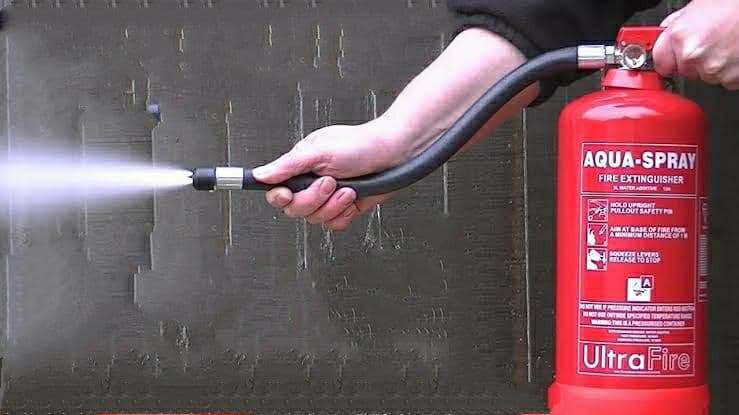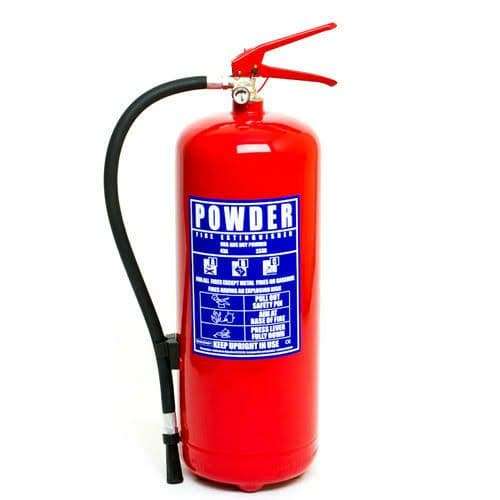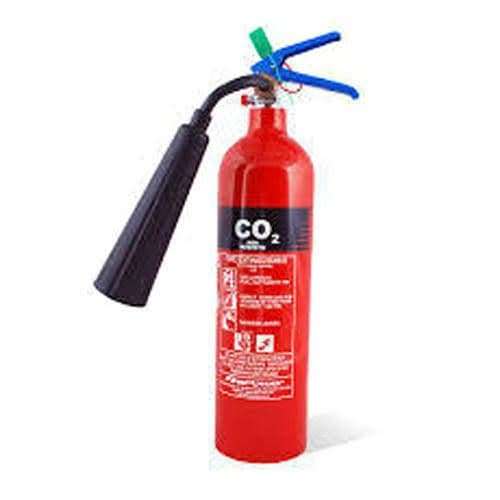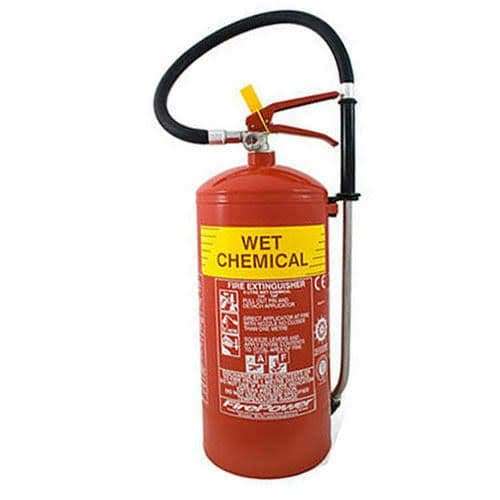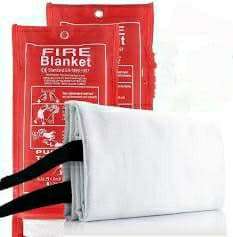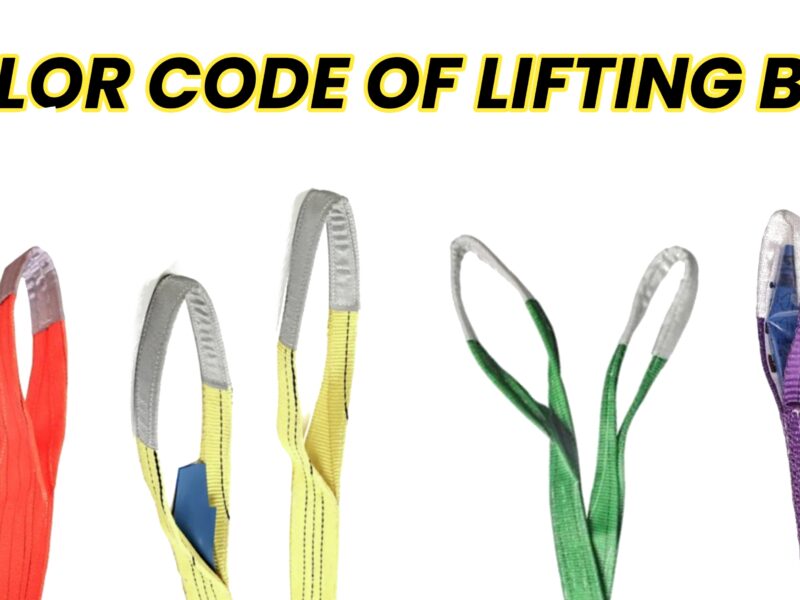What is fire extinguisher ?
Ans..The fire extinguisher is a fire protection device which is used to extinguish or control small fires, like in emergency situations. but it is able to control or extinguish the out of control fires like as one which has reached the ceiling, endangers the user, or otherwise requires the expertise of a fire brigade.
Classes of fire..
Class A – fires involving solid materials such as wood, paper or textiles.
Class B – fires involving flammable liquids such as petrol, diesel or oils.
Class C – fires involving gases.
Class D – fires involving metals.
Class E – fires involving live electrical apparatus. (Technically ‘Class E’
Class F – fires involving cooking oils such as in deep-fat fryers.
Types of fire extinguisher ..
1.Water extinguishers
Water extinguishers are one of the most cost-effective ways to fight Class A fires, those fuelled by solid materials such as paper, wood and textiles.
There are four different types of water extinguishers:
Water jet extinguishers:
Water jet extinguishers work by spraying a jet of water at the burning materials, cooling them and preventing re-ignition. it should not be used on live electrical equipment.
water spray
Water spray extinguishers use a very fine spray of water droplets, every droplet is surrounded by air which is non-conductive.
Most water spray fire extinguishers carry a 35 kV dielectric test approval which means they have been tested on a 35,000 Volt electrical source at one meter.
Water extinguishers with additives are water extinguishers with foaming chemicals added.
The water loses its natural surface tension meaning that it can soak into the burning materials more effectively.
Adding the chemicals to the water means that a smaller extinguisher can produce the same fire rating as a larger, water only, extinguisher. water with additives
Water mist or fog.
Water mist, or fog, extinguishers apply water in the form of mist, or fog, the droplets are much smaller than those from the water spray extinguisher.
The smaller the droplet, the larger its surface area in relation to its size, the quicker the droplet evaporates which absorbs the heat energy faster.
The downside is the smaller the droplet the less it weighs and therefore the less powerful the cloud of water.
All water extinguishers have a red label.
Also read … fitter interview q & a
2.Foam extinguishers
Foam Type fire extinguishers can be used on Class A and B fires.
They are most suitable to extinguish liquid fires such as petrol or diesel and are more versatile than water jet extinguishers because they can also be used on solids such as wood and paper.
The foam extinguishes liquid fires by sealing the surface of the liquid, preventing flammable vapour reaching the air and starving the fire of fuel.
They are not suitable for use on free flowing liquid fires.
Foam extinguishers have a cream label.
3.Powder extinguishers
Powder extinguisher is a very good for multi-purpose fire extinguisher because it can be used on Class A, B and C fires.
also it can be used on fires involving electrical equipment however, they do not cool the fire so it can re-ignite.
Powder type fire extinguishers can also create a loss of visibility and may create breathing problems. They are not generally recommended for use inside buildings unless there is absolutely no alternative.
Powder extinguishers have a blue label.
4.Carbon dioxide extinguishers (CO2)
CO2 extinguishers are ideal for places with a lot of electrical equipment such as offices or server rooms because they are safe to use on fires involving electrical apparatus.
Carbon dioxide extinguishers do not leave any residue, unlike a foam extinguisher.
They can also be used on Class B fires, those involving flammable liquids such paraffin or petrol.
CO2 extinguishers work by smothering the fire and cutting off the supply of air.
Carbon Dioxide Extinguishers (CO2) have a black label.
Also read … Cone Weight formula
5.Wet chemical extinguishers
Wet chemical extinguishers are suitable for use on Class F fires involving cooking oils and fats, such as lard, olive oil, sunflower oil, maize oil and butter.
They are extremely effective, when used correctly. The wet chemical rapidly knocks the flames out, cools the burning oil and chemically reacts to form a soap-like solution, sealing the surface and preventing re-ignition.
Although they are primarily designed for use on Class F fires, cooking oils and deep fat fryers.
Wet chemical extinguishers also can be used on Class A fires (wood, paper and fabrics) and Class B fires (flammable liquids).
Wet chemical extinguishers have a yellow label.
6.Fire blankets
Fire blankets are primarily for use on hot oil fires such as frying pans or small deep fat fryers.
Fire blankets also can be used on someone whose clothing has caught fire.
They work by smothering the fire, stopping access to the oxygen fuelling it and extinguishing it.
Also read … tools for fitter & fabricator
Download App FitterKiPuriJankari Now

